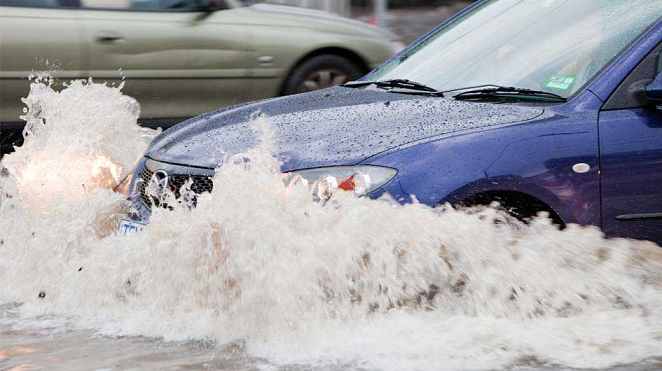How to Avoid Buying a Car with Water Damage in 2024
Buying a used car can be an exciting yet challenging process, especially when it comes to ensuring that the vehicle is in good condition. One of the hidden risks when purchasing a used car is water damage. Flood-damaged cars can look perfectly fine on the outside but may have significant internal issues that can lead to costly repairs down the line. With an increasing number of extreme weather events, it’s more important than ever to be vigilant. Here’s how you can avoid buying a car with water damage in 2024.
1. Know the Warning Signs of Water Damage
Before you even start looking at used cars, it’s crucial to know what signs of water damage to look for. Here are some common indicators:
- Musty Odor: A damp or musty smell inside the car is a strong indicator of water damage. This smell is often caused by mold or mildew, which can develop if water has seeped into the car’s interior.
- Water Stains and Discoloration: Check the interior upholstery, carpeting, and trunk for stains, discoloration, or signs of watermarks. Don’t forget to lift up mats and look underneath.
- Rust and Corrosion: Look for rust under the dashboard, in the engine bay, around door hinges, and in areas where water should not typically reach. Corrosion on electrical components can also indicate exposure to water.
- Dirt and Debris in Unusual Places: Silt, sand, or other debris in unusual places like the glove compartment, under the seats, or around the seat tracks can suggest the car was submerged in water.
2. Check the Vehicle History Report
A vehicle history report is an essential tool for identifying any past damage a car may have suffered, including water damage. These reports can provide information about the car’s previous owners, accident history, and if it has been reported as flood-damaged or salvaged. Always request a vehicle history report from the seller or use services like Carfax or AutoCheck to check the vehicle’s background.
3. Inspect the Vehicle Thoroughly
When inspecting the car, pay close attention to both visible and hidden areas:
- Electrical Components: Test all the electronic systems in the car, including the air conditioning, heater, audio system, power windows, locks, and mirrors. Malfunctions or inconsistencies could be a sign of water damage.
- Under the Hood: Inspect the engine bay for any signs of rust or water residue. Check the oil and transmission fluid; if the fluids are discolored or have a milky appearance, it could indicate water contamination.
- Undercarriage: Use a flashlight to inspect the undercarriage for any rust or signs of corrosion. A car that has been exposed to water for an extended period will often have significant rusting underneath.
4. Get a Professional Inspection
Even if you feel confident in your ability to spot signs of water damage, it’s always a good idea to have a professional mechanic inspect the vehicle before you buy it. A trained technician can perform a more thorough inspection and check for issues that may not be visible to the untrained eye, including electrical system problems, engine issues, and hidden rust or mold.
5. Avoid “Too Good to Be True” Deals
If a deal seems too good to be true, it probably is. Be wary of cars being sold at a significantly lower price than similar models. Sometimes, unscrupulous sellers will try to offload flood-damaged vehicles quickly and cheaply. Always approach such deals with caution and be diligent in your inspections.
6. Buy from Reputable Sources
Where you buy your car can make a big difference. Dealerships that are well-established and have a reputation to maintain are more likely to disclose any water damage. Private sellers or small, independent lots may not be as forthcoming, so it’s essential to ask detailed questions and perform thorough checks when buying from these sources.
7. Check for Recalls and Insurance Claims
Flood-damaged cars may be issued recall notices or insurance claims. Check the National Insurance Crime Bureau (NICB) database using the vehicle’s VIN to see if it has been reported as a total loss by an insurance company. Additionally, the National Highway Traffic Safety Administration (NHTSA) website can provide information about recalls related to flood damage.
Final Thoughts
Buying a used car requires careful attention to detail, especially when it comes to avoiding water damage. By knowing what to look for, thoroughly inspecting the vehicle, checking the history report, and seeking professional help, you can protect yourself from buying a car with hidden water damage. Remember, taking the time to do your homework now can save you a lot of headaches and expenses in the future. Stay vigilant and make informed decisions to ensure you purchase a reliable vehicle in 2024.

